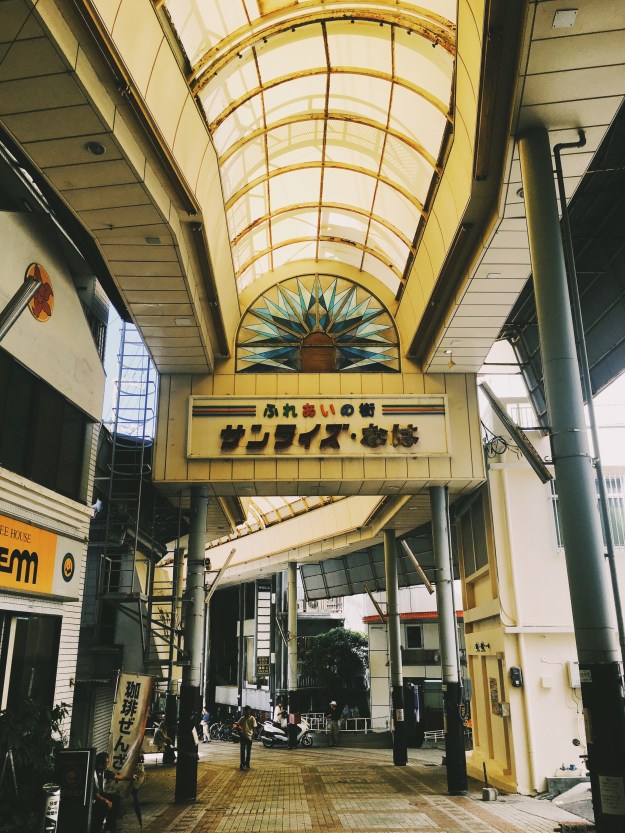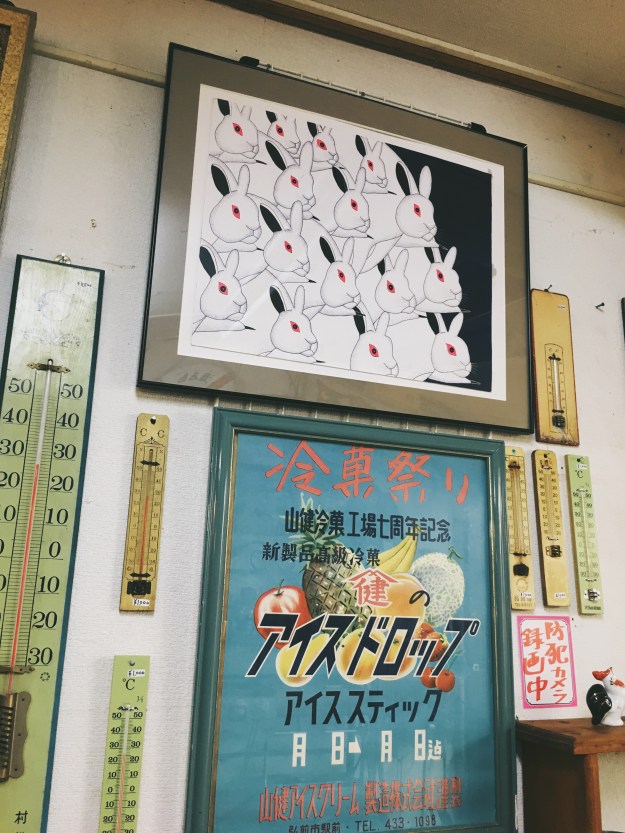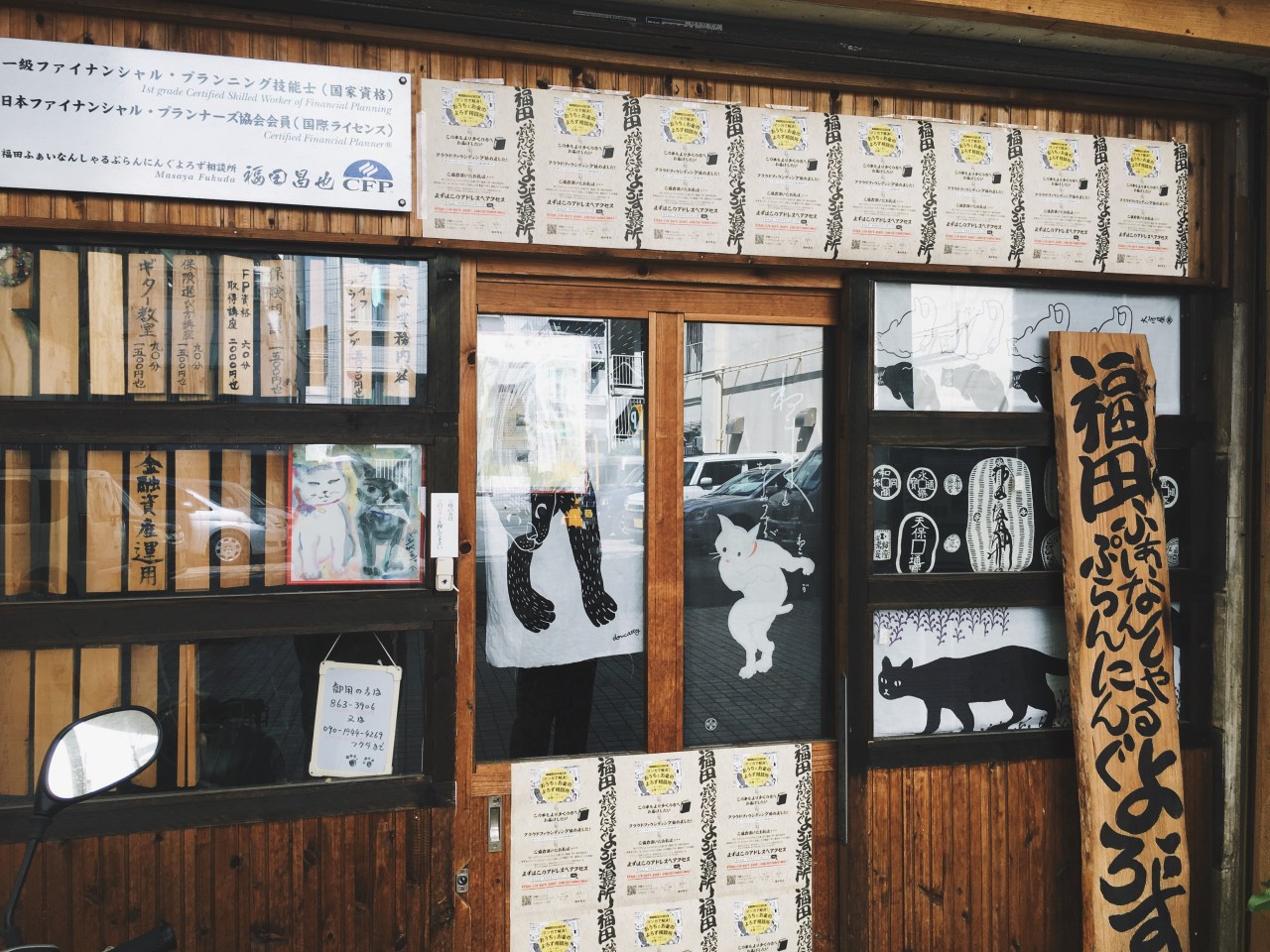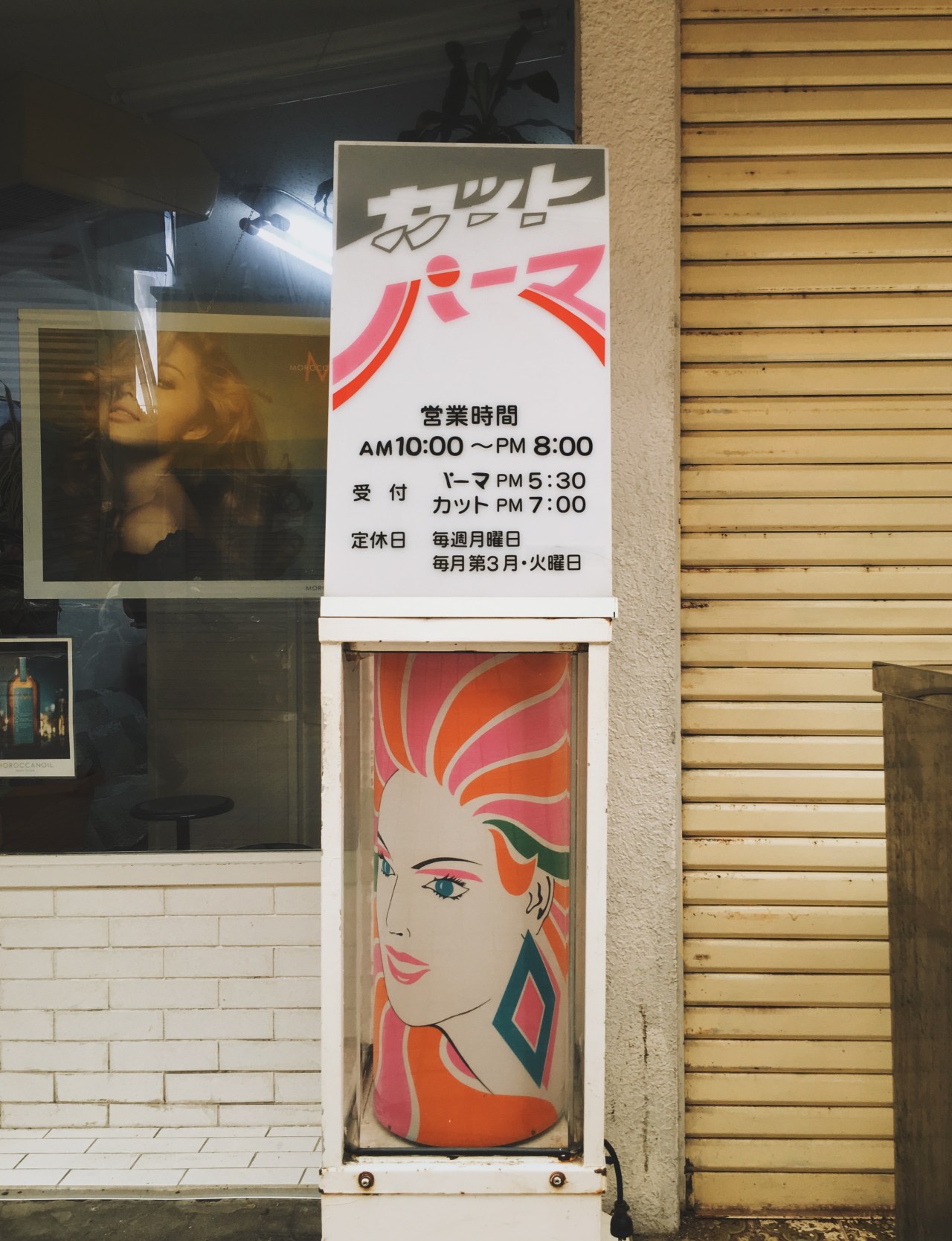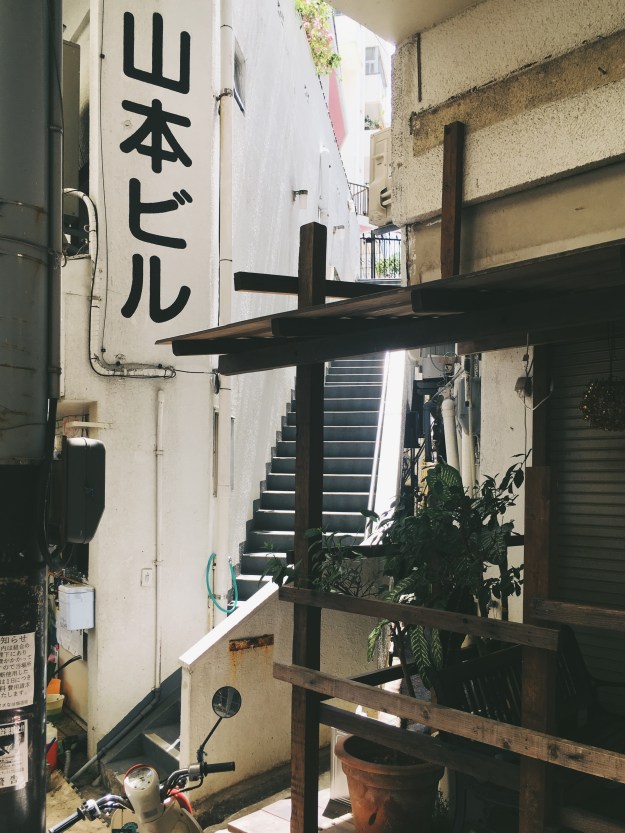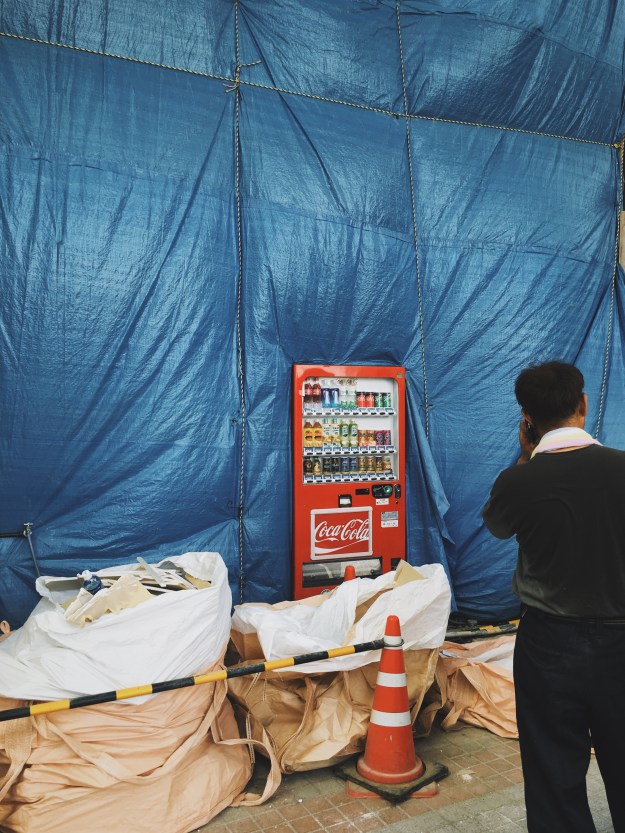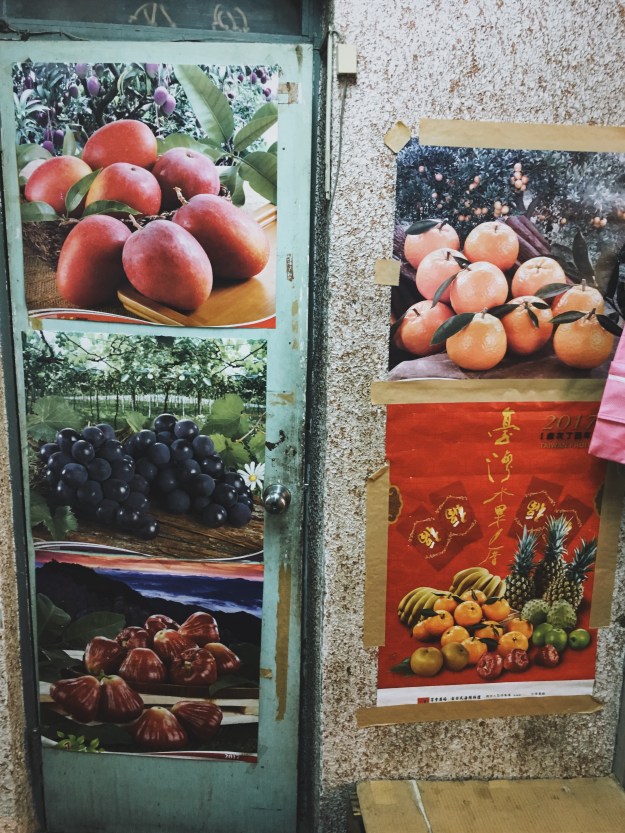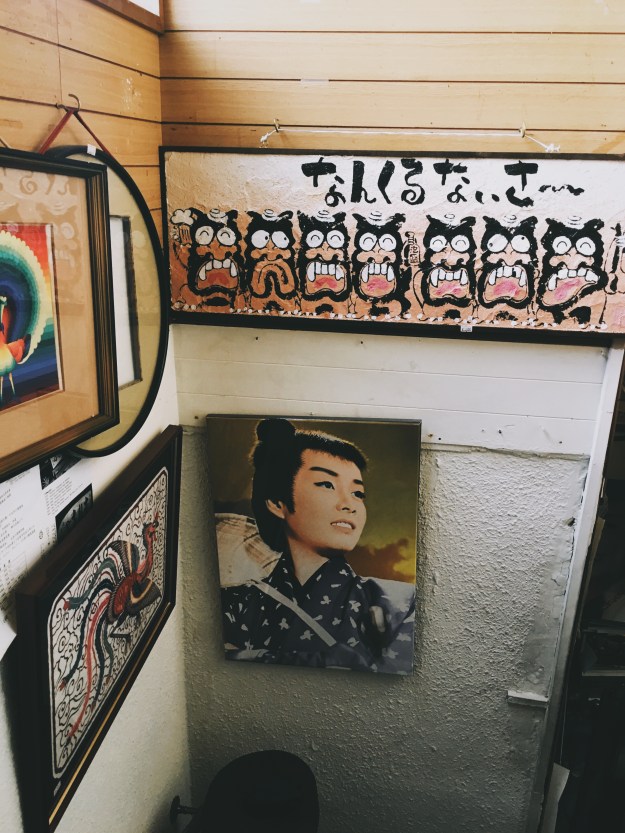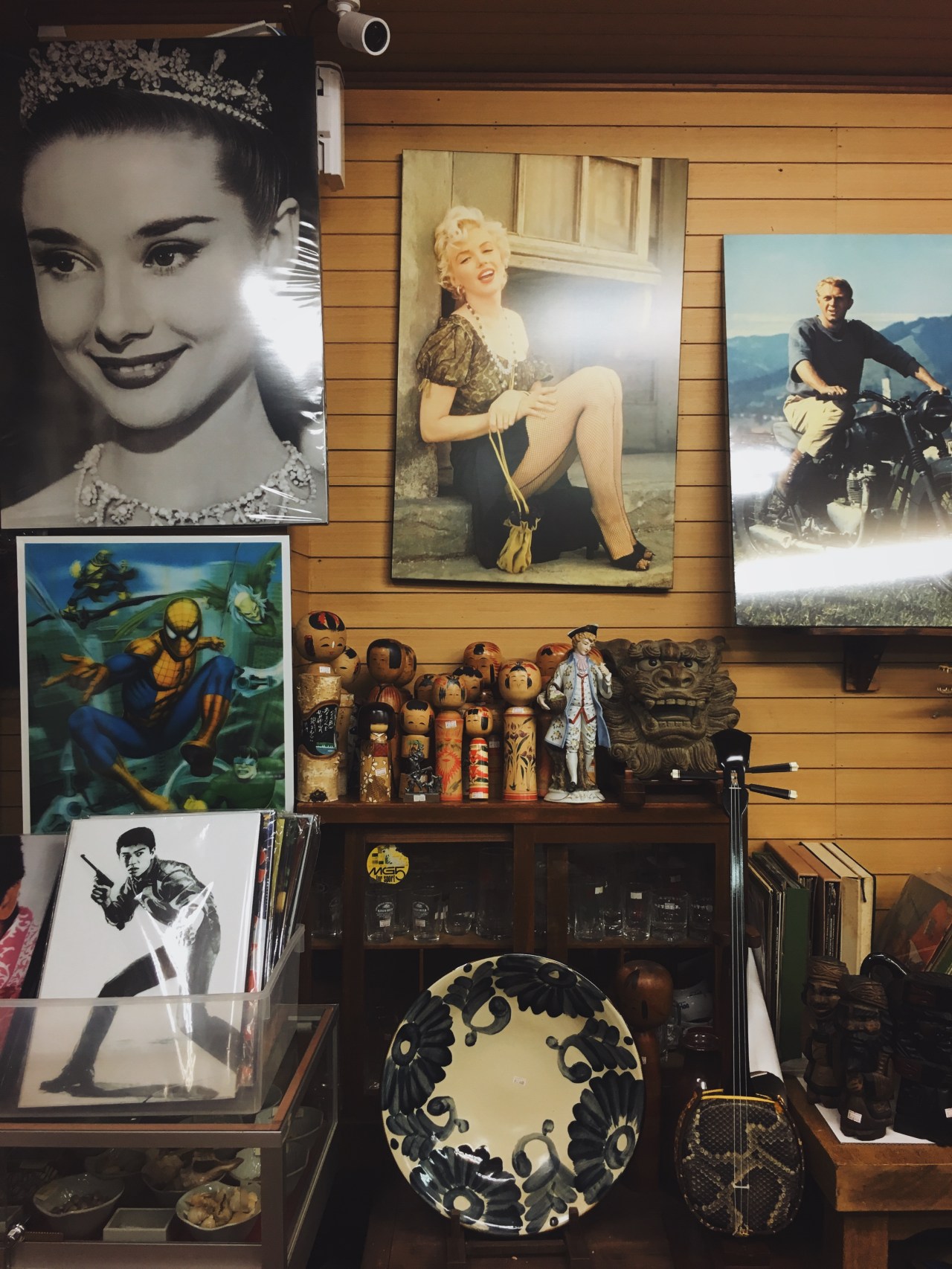Before there were mega-malls and department stores, most residents of Japan could find everything they needed at their neighborhood’s local shotengai. These one-stop pedestrian streets filled with everyday necessities and various forms of entertainment are still found in most suburbs and towns. During the day it’s common to see gaggles of gossiping women with toddlers in tow, running errands at the various vegetable stands and drugstores. At night the izakayas (pubs) open, and sloshed salary men, pockets empty from gambling at pachinko parlors, drown their worries in cheap food and beer.
While shotengais have been a staple in most communities for centuries, the decrease in Japan’s population, coupled with the increase of cars and flashy malls, has led to the demise of these markets. Those that have survived often mix modern chains with generations-old mom and pop shops.
In Okinawa’s urban capital, Naha, the streets are full of tourists looking to take home tropical souvenirs of their island vacation. On my most recent visit, I wandered away from the crowds and turned an unassuming corner onto a long, covered street. Most of the shops’ windows were shuttered, but a handful of clothing stores were open. Their owners were slouched in chairs, fast asleep—a testament to their business expectations for the day. Crackling speakers sputtered music. A thin layer of grime and dust covered everything. Forgotten relics were the only clues to this shotengai’s former glory.
